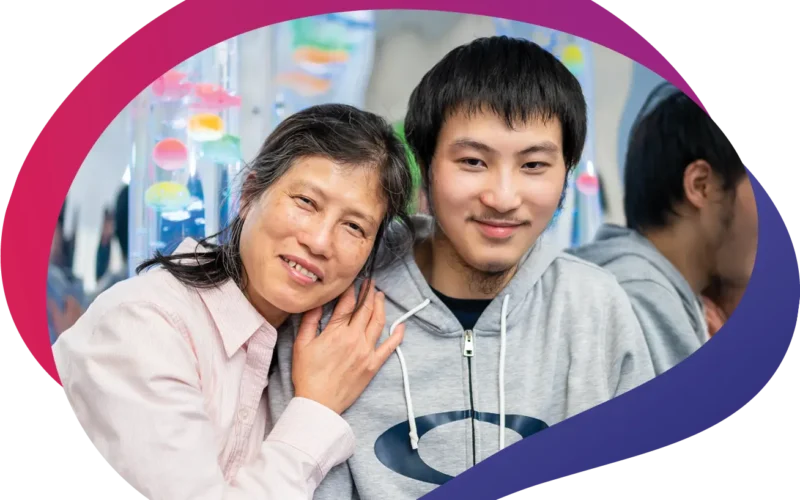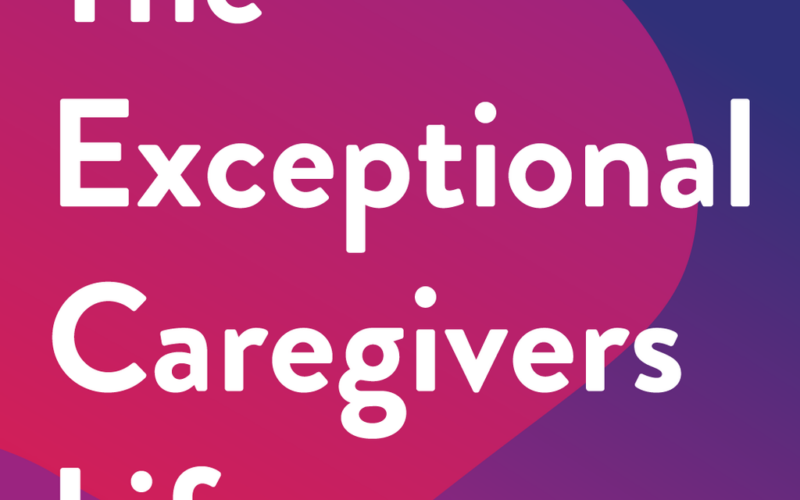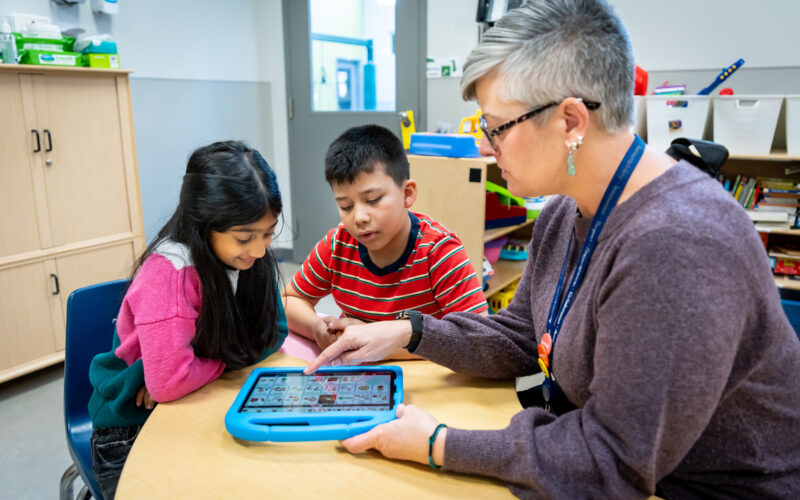Raising a child with autism involves not only navigating the present day but also planning for the future. Ongoing support is essential in the autism journey and annual service planning is a way for families to easily plan their child’s autism therapy and support for the year ahead. It gives you a clear roadmap for success.
Why annual planning helps
Developing an annual service plan for your child with autism is an ongoing process that involves careful assessment and collaboration. This includes looking at your child’s needs, setting goals, picking the right services, and working with our team to check progress, helping you and your family navigate with increased confidence.
“Annual planning for therapy services provides families with a clear roadmap for progress, ensuring that each child or teen receives individualized goal-centred care.” – Dr. Nancy Freeman, Psychologist and Director of Core Autism Services
Step 1: Choose the right programs for your child’s needs
As your child grows, their needs may change. What was helpful before might not be the perfect fit now. That’s why we offer a wide range of fun and engaging autism services for different ages that are designed to meet your child’s current developmental needs.
- ABA Group Therapy: You can choose from a suite of services that offer children a structured, engaging place to learn important life skills in a group setting. There are many benefits to choosing ABA Group Therapy, like interacting with peers, building confidence in group settings, and learning in a really fun learning environment!
- 1-to-1 Therapy (Focused Behavioural Intervention & Full Day ABA): A fully customized approach, allowing our clinicians to adapt teaching and design goals specifically for your child, ensuring a focused and personalized structure.
- Summer camps: Children and teens can enjoy fun, supportive full-day ABA-based summer camps that feature activities like coding, robotics, cooking, city exploration, and fitness. These camps help boost skills and confidence.
- Interdisciplinary programs: These groups allow children and families to work with our multiprofessional teams including our psychologists, social workers, speech-language pathology, occupational therapy and behaviour team members.
- Parallel supports: Led by experienced clinical psychologists and social workers, these programs combine evidence-based therapeutic approaches within an engaging, activity-rich environment. They include consultation from members of our other therapy teams such as behavioural analysis, speech-language pathology or occupational therapy.
What does progress look like?
Every child’s development journey is unique. Challenges and plateaus are natural aspects of any learning process. While some children progress through steps more quickly, it is very common to revisit the same program for deeper knowledge, and that’s perfectly okay.
2. Make the transition fun and personalized
While preparation is key don’t forget that it can also be enjoyable! Going from the cold weather to warmer
temperatures allows for more variety in activities to explore.
ABA group programs like Early to Intermediate Communication and Conversation Club have different levels, so repeating them can be helpful for more learning. Families can take part year-round in ABA programs like Social Stars and Children’s Friendship Training, which are offered in 12-week blocks, or join specialty ABA group therapy programs like Working Together, Boys Group, and Teen Girl Empowerment. We also offer flexible options for families so children can experience the advantages of taking part in ABA group programs and 1-to-1 therapy at the same time.
“I’ve seen families have their child repeat services to reinforce their skill development, to address individual needs, or generalize their learning across environments and over time. Repeating a service can provide a child with the structure needed to make substantial progress on goals.” – Dr. Nancy Freeman, Psychologist and Director of Core Autism Services
Step 2: Mark your calendar for important dates
Annual service planning includes noting when registration opens for seasonal programs, like ABA group therapy and 1-to-1 services. Be sure to mark these periods on your calendar to ensure you get a spot in our programs!
- Late January > Spring ABA services
- Mid-February > Summer ABA Camp services
- Early July > Fall ABA services
- Mid-October > Winter ABA services
Step 3: Consider your budget
Budgeting for ongoing therapies and support is an essential aspect of financial planning. Creating a budget and looking into different funding options can make this process easier:
- Ontario Autism Program (OAP): Explore provincial government funding options through the Ontario Autism Program (OAP) and the free services that they offer for families registered with registered with the OAP, like Foundational Family Services, Caregiver-Mediated Early Years Services, Entry to School Program, and the Urgent Response Services.
- Insurance coverage and grants: If you have insurance coverage, look into what services might be covered, or explore possible grants and scholarships to help alleviate some of the costs. Mixing group and 1-to-1 therapy programs for your child can also help with affordability.
- Individualized Funding: Individualized Funding is money that goes directly to people with developmental disabilities and their families, which they can use to direct their own services and supports. Visit the Individualized Funding Library (IF) website to help you learn how to find and use your Individualized Funding that best meets your family’s needs.
- Funding for special services at home: Families caring for a child under 18 with a developmental or physical disability can apply for funding for special services in or outside the home. Managed by the Ministry of Children, Community and Social Services, this funding can be used for a variety of supports such as respite and recreational programs. Learn more about funding eligibility and application tips today!
Step 4: Find support to help you plan
It can be hard to know where to start to get the assessment and support your child and family needs. We’ve made it easier for clients to begin:
- Discover Your ABA Journey: During this 2-hour service navigation consultation, you’ll meet with our experienced clinicians committed to seeing your child succeed. We help answer your questions and develop a plan of tailored recommendations to best support your child’s development and goals.
- Now What? tool: If you’re curious about our autism support services and how ABA therapy can benefit your child, explore our self-guided Now what? navigational tool. This tool helps guide you at different stages in your autism journey.
Step 5: Consider the support you might need as a caregiver
The caregiver-child relationship is a life-long journey of learning and discovery, especially for parents and caregivers raising a child with autism. Navigating an autism diagnosis can come with a range of rewards and challenges. It’s normal for caregivers to feel alone but know that support is around you!
- Parent Support Groups: At Surrey Place, we have parent support groups like Caregiver Connect that always welcome participation.
- Podcasts for Caregivers: Sometimes hearing about other families’ experiences can be helpful and reassuring. The Exceptional Caregivers Life podcast, hosted by Surrey Place’s Family Advisory Council, is meant to do just that.
One effective tool is creating a visual schedule with your child so they know what they can expect and how their
new routine will look. Visual schedules are supports that provide your child with information about what will
happen during various times throughout the day.
What if I’m not familiar with the different program offerings available?
That’s absolutely okay! Accessing and coordinating services for a child with autism is an ongoing process, and we are here to make that process easy. By working together, we can help you navigate the support maze and unlock the resources your child needs to thrive.
Ready to get started?
Navigating the autism journey is a multifaceted process and so is annual service planning. By staying flexible, informed, and connected to supportive resources, you can set realistic goals and establish a personalized roadmap to empower your child and family.
Progress may sometimes feel slow, but every achievement is a testament to resilience. Embrace the journey and continue to seek out opportunities for growth and learning! Whether you are beginning this journey or revisiting it to explore new support options, Surrey Place is here to help you and your family every step of the way.
CTA Link: Connect with us through Discover Your ABA Journey today!


